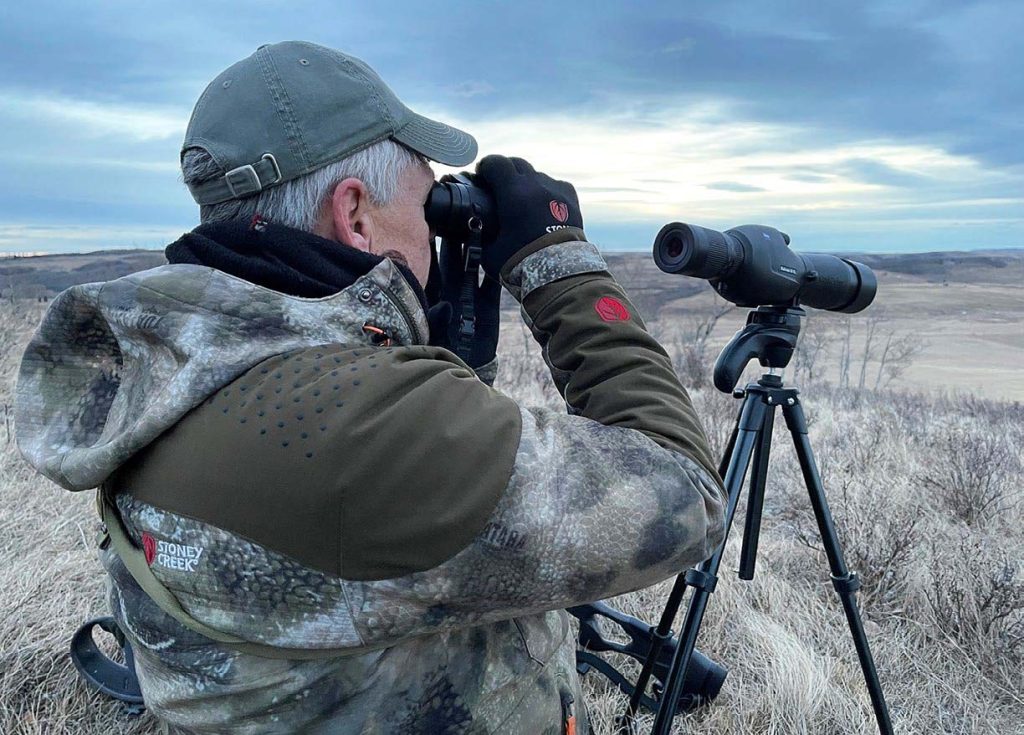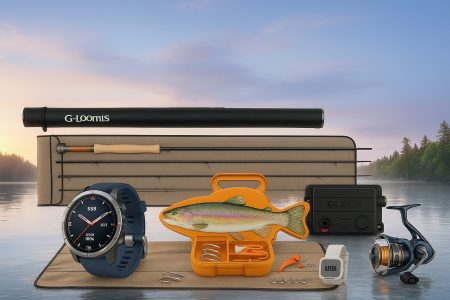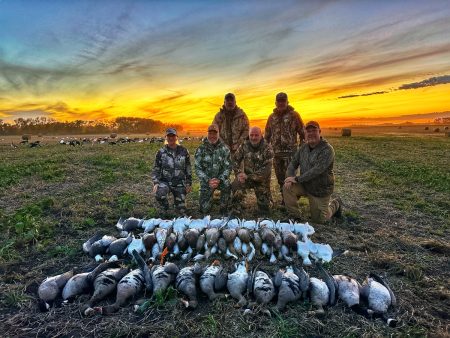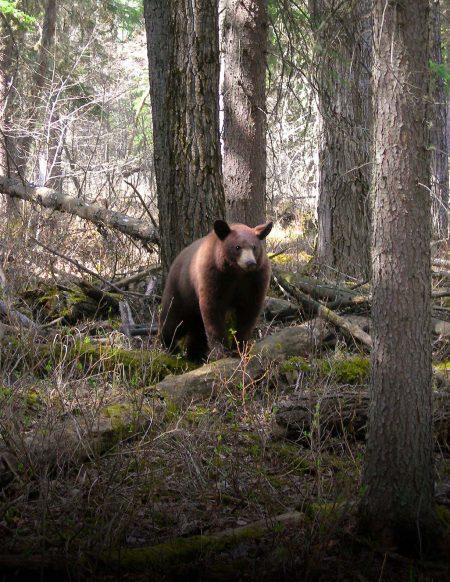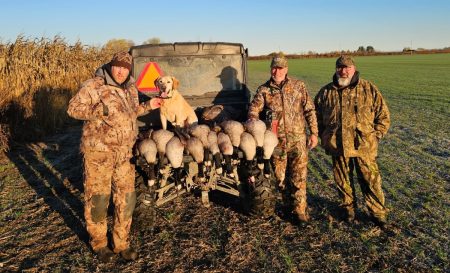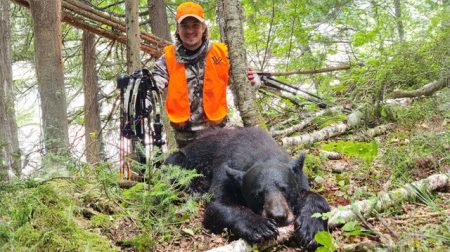There are only a handful of states and provinces in North America where as a resident or non resident, that you can get a tag for both whitetail and mule deer in the same season. There’s even less destinations where you can expect a better than average buck of each species on the same week-long hunt. But the Canadian province of Alberta is definitely one of those places. While most of the best mule deer units require resident hunters to draw a tag, non- residents can book a hunt through an outfitter without having to draw. When most people think of giant mule deer, they focus on the southern part of the province and there are great bucks there but if it’s a combination hunt you seek, then you want to look at the east-central part of Alberta, all the way north to the Peace River region. Both species are not only common but the record books are filled with both whitetails and mule deer from this area. It’s not uncommon to see both feeding side by side in the same agricultural fields.
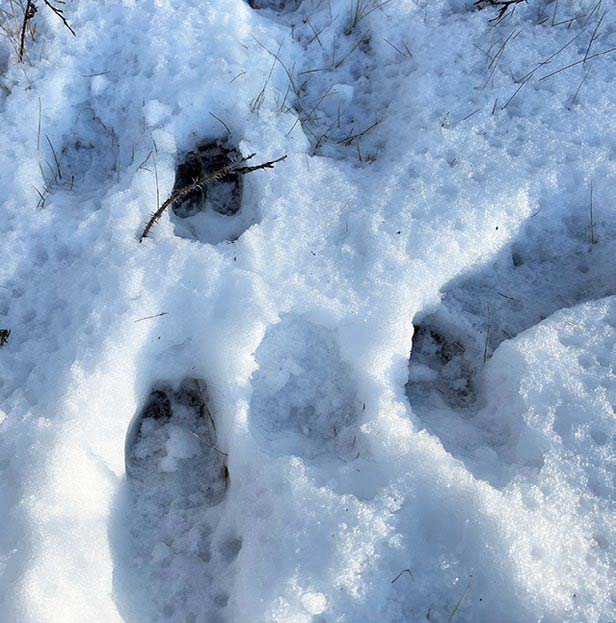
Last season, Vanessa was fortunate enough to draw a mule deer tag in one of the provine’s better units, and of course, we both had a whitetail tag. Whitetail tags are available over the counter in most of Alberta. The deal was that we’d focus on mule deer for Vanessa but if we saw a good whitetail, I’d be up first. Our friends and Taxidermists, Curtis and Jennifer Fischer from Silver Willow Taxidermy offered us a place to stay during the hunt and Curtis offered to show us around the area. The mule deer unit was a bit of a drive from their place, but I’ve learned to never say no to local knowledge, especially from someone with a collection of big deer like Curtis and Jen have. Walking into their trophy room is amazing and it has more big whitetails and mule deer in it than most people will ever see in a lifetime.
When we arrived, Curtis suggested we hunt hard for mule deer first and then he had some better spots we could try for mule deer. We could hunt whitetail in any unit, so it made sense to hunt the mule deer first, as Vanessa was confined to only one unit. For the first couple days, we covered a lot of the area and likely saw 50-plus bucks each day, including a couple real dandies. Vanessa tried to make a play on two of the bucks but as they were in rut and chasing does hard, it was difficult to get in front of them and it just didn’t work out. It was on day three that we spotted a huge whitetail buck, sky lined on a ridge. He came out of nowhere, likely looking for a hot doe and paused briefly about 150 yards away. But with nothing but blue sky behind him, there was no way to safely take the shot. It was a tough decision not to shoot, but it was the right one and we all sighed as the big buck ran off. He was a true once-in-a-lifetime buck and while Vanessa could have easily taken him, it just wasn’t safe to do.
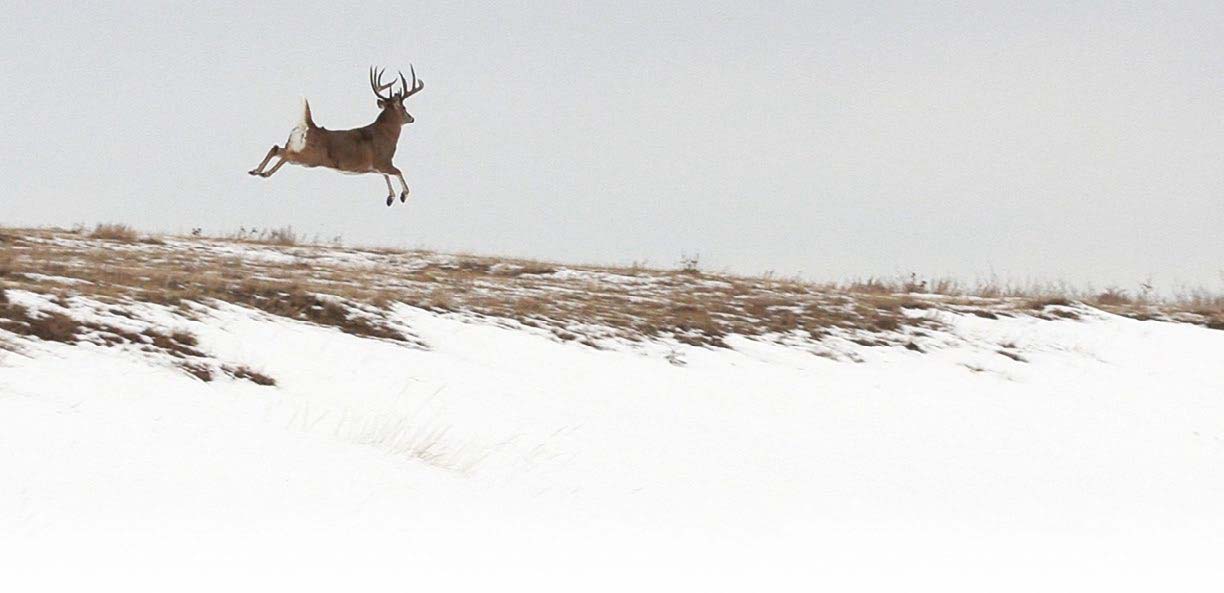
It was the fifth day of our hunt when we spotted a big mule deer buck chasing a doe on a large buckbrush flat. There wasn’t a lot of cover to approach unseen, but the pair were moving fast, and daylight was quickly running out so headed straight out after them. The doe appeared nervous at our presence, but the buck was so focused on her that he never even noticed us. They were about 400 yards away, a very doable shot for Vanessa but they just wouldn’t stand still. The rut was in full swing, and he was chasing her hard. Each time he’d pause for a second or two, he offered no shot, with eighter his butt to us or her obscuring his vitals. Finally, they slipped over a rise and went out of sight. With only a few minutes of legal light remaining, I suggested to Vanessa that we follow them with the hopes of getting one more glimpse but we both knew the odds were low.
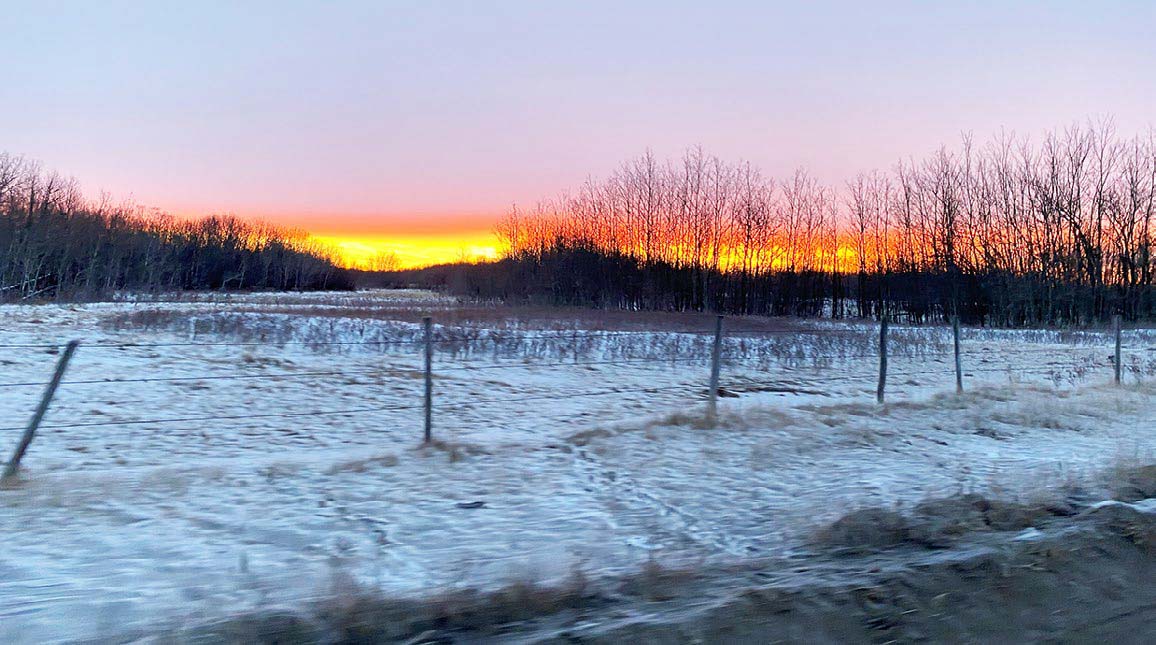
As expected, as we topped the rise, the pair were nowhere to be seen. We decided to circle back along the ridge and meet Curtis where we’d left him. As we were moving along, we spotted a deer standing in the willows. Even at over 300 yards, we could see he had good antlers and a quick look through the binos confirmed it. But it also confirmed that he was a whitetail and not a mule deer. Vanessa hit the ground, extended the legs on the bipod and wasted no time placing the crosshairs on the buck’s chest. He was looking directly at us, and we knew there was little time before he ran off. The big buck buckled at the report of the 7mm and the report of the hit followed shortly. He started moving to the left and Vanessa fired once more. The buck disappeared.
Hearing the shots, Curtis and his son Lyndon, joined us, and we quickly recounted the story but with only minutes of light remaining, we wasted no time getting on the big buck’s trail. There was loads of blood and the trail was easy to follow, and just as we were running out of light, we found Vanessa’s buck, very dead. While we knew the deer was big from the quick glance we’d gotten of him, we weren’t prepared for how big he really was. This was a true Alberta giant, and I could barely get my hand around his bases. Vanessa was elated and rightfully so. She made a great shot under pressure, but I couldn’t help but remind her of our deal that she got first chance at mule deer, but I got first chance at a whitetail. She just shrugged and told me she had the rifle in her hands when we saw him. I laughed. I didn’t care that I didn’t get the opportunity to shoot the big buck. I was just happy to be part of the hunt.
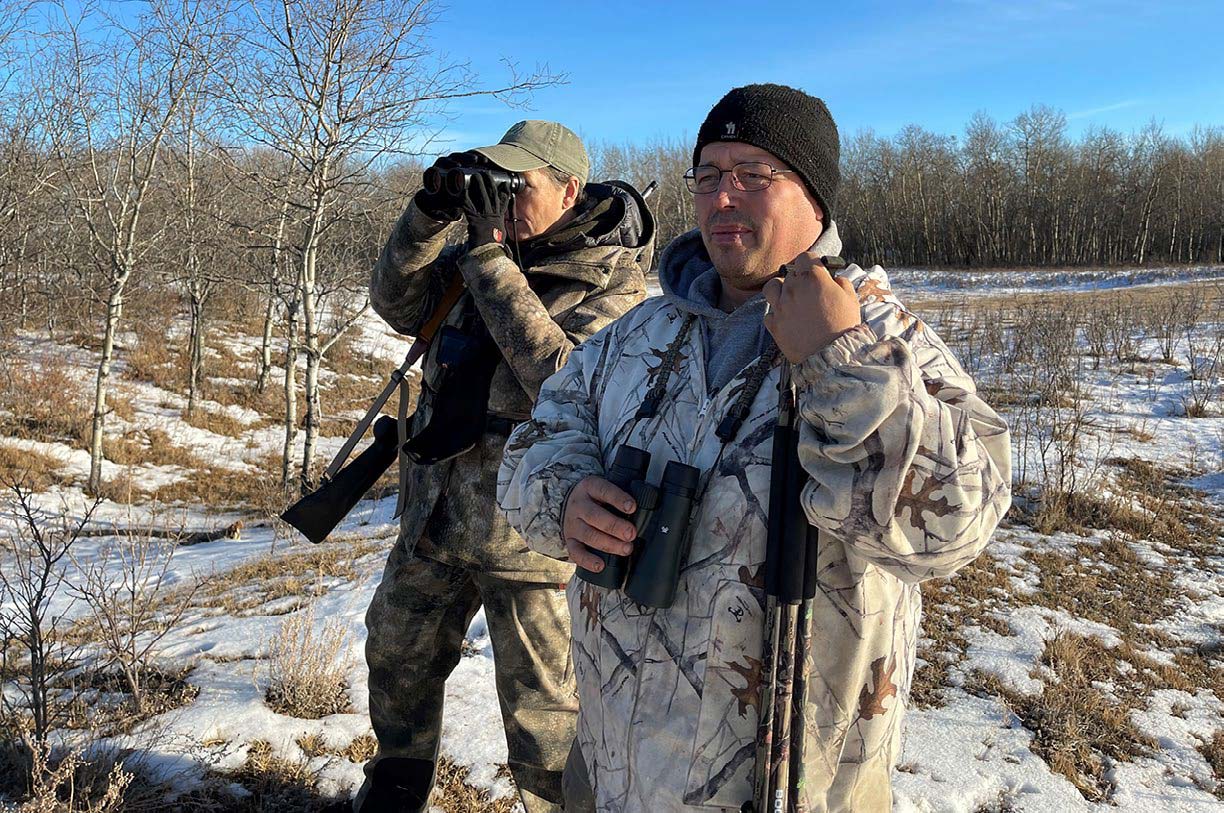
Curtis caped the buck out that evening and we spent some time in his shop looking at different forms and poses. We wanted to honour this true giant properly in our home. Curtis was only able to hunt half of the following day with us, our final day. Vanessa was content with her big whitetail but as it had taken her five years to draw the mule deer license, she wanted to hunt right until the end. But as noon rolled around the following day and we hadn’t seen any big mule deer bucks, we decided to head back to Curtis’ place so he could attend to his commitments. We were going to hunt the afternoon alone and then head home.
On the way back, Vanessa suggested we check out one more spot where we had seen a good buck earlier in the week. As it was midday, we didn’t expect to see much but as it wasn’t out of the way, we figured why not. We parked the truck and planned a quick walk through the area. We hadn’t gone far when we spotted three mule deer bucks hot on the trail of a doe. One of them was the big buck we’d seen earlier in the week and after a quick stalk, Vanessa got settled on the shooting sticks and waited for him to offer a shot. When he did, she spent little time taking advantage the opportunity and placed the 162-grain bullet in his vital. He dropped instantly from the shot. The other two bucks never even acknowledged the sound and kept right on chasing the doe.
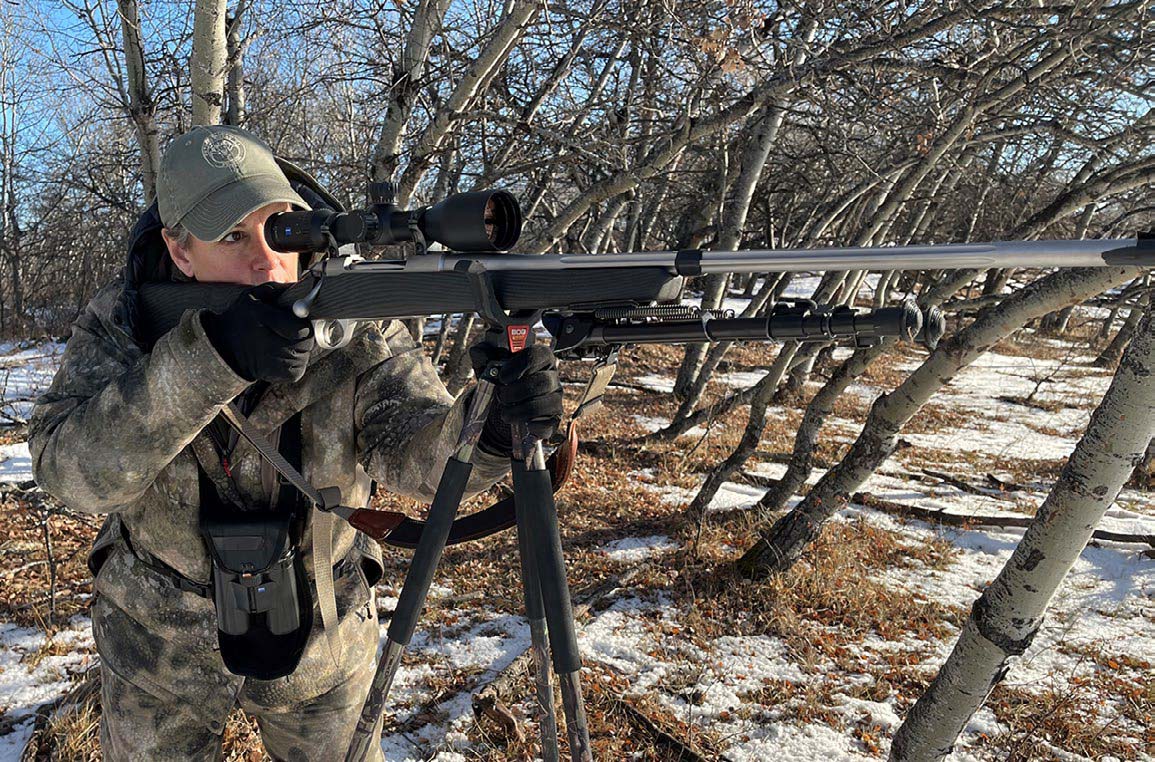
As we walked up to the big mule deer buck, it was hard to believe that Vanessa had taken two trophy-class bucks in less than 24 hours, only a few miles apart from each other. Alberta truly is a special place to hunt deer and to have an opportunity at two such quality bucks in a week was amazing. In truth, we’d seen a half dozen great mule deer bucks and three whitetails that stretched the tape over 160 inches. The two bucks that Vanessa took were the only ones to offer an opportunity for a shot. While she was the shooter, so much of her good fortune was due to Curtis. He’d grown up in the region and knew it well. The mule deer was a classic 4×4 with deep forks all around and dark chocolate-brown antlers. He had undoubtedly been the dominant buck in the area but by taking him, the younger bucks could now breed and spread some of their genes. Such is the circle of life.
While taking two great bucks in a week in Alberta is a possibility, it’s certainly not the norm and we couldn’t help but think just how lucky we were to enjoy such bounty and good fortune. If you are interested in hunting Alberta, you can find information at Alberta Professional Outfitters Society.
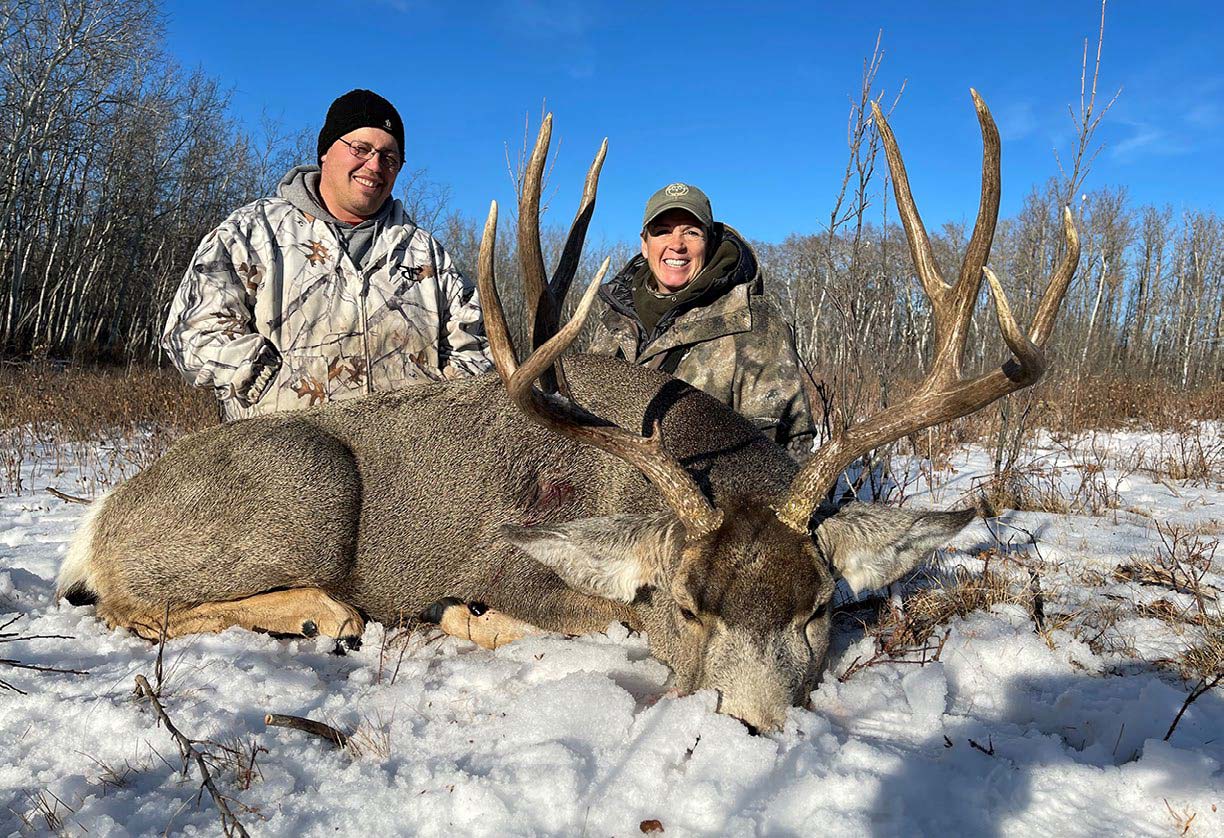
Per our affiliate disclosure, we may earn revenue from the products available on this page. To learn more about how we test gear, click here.






